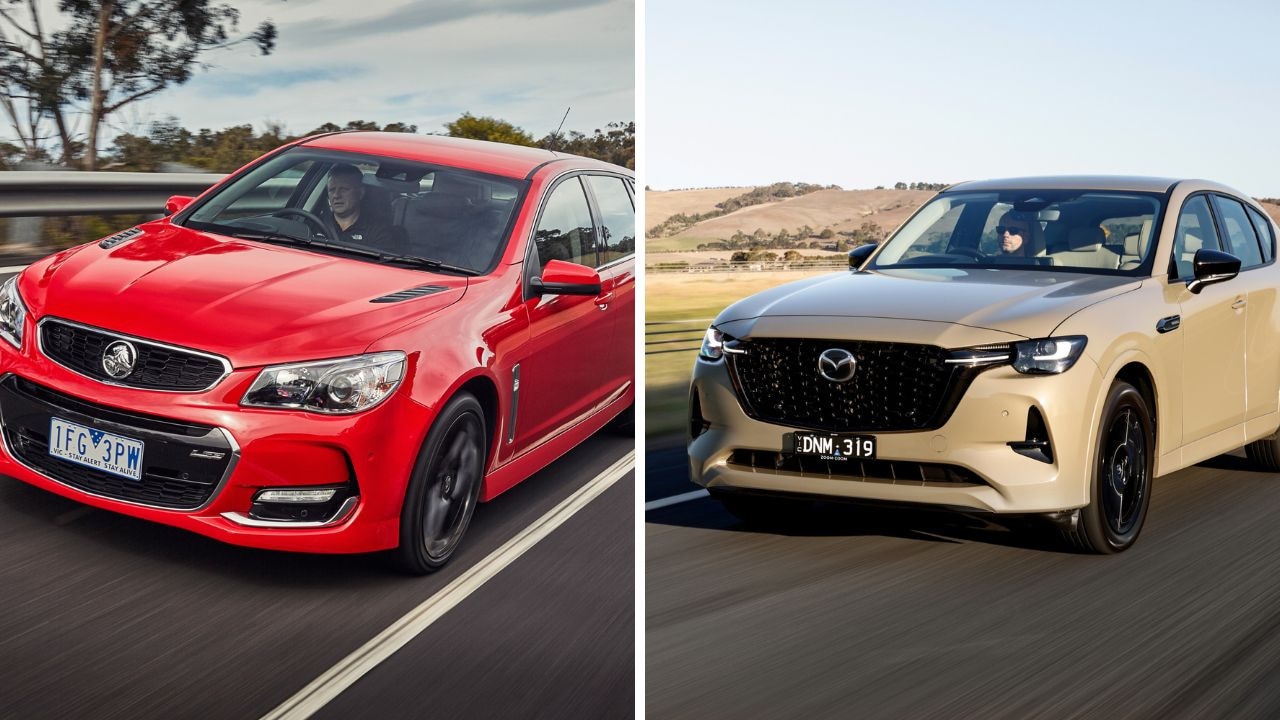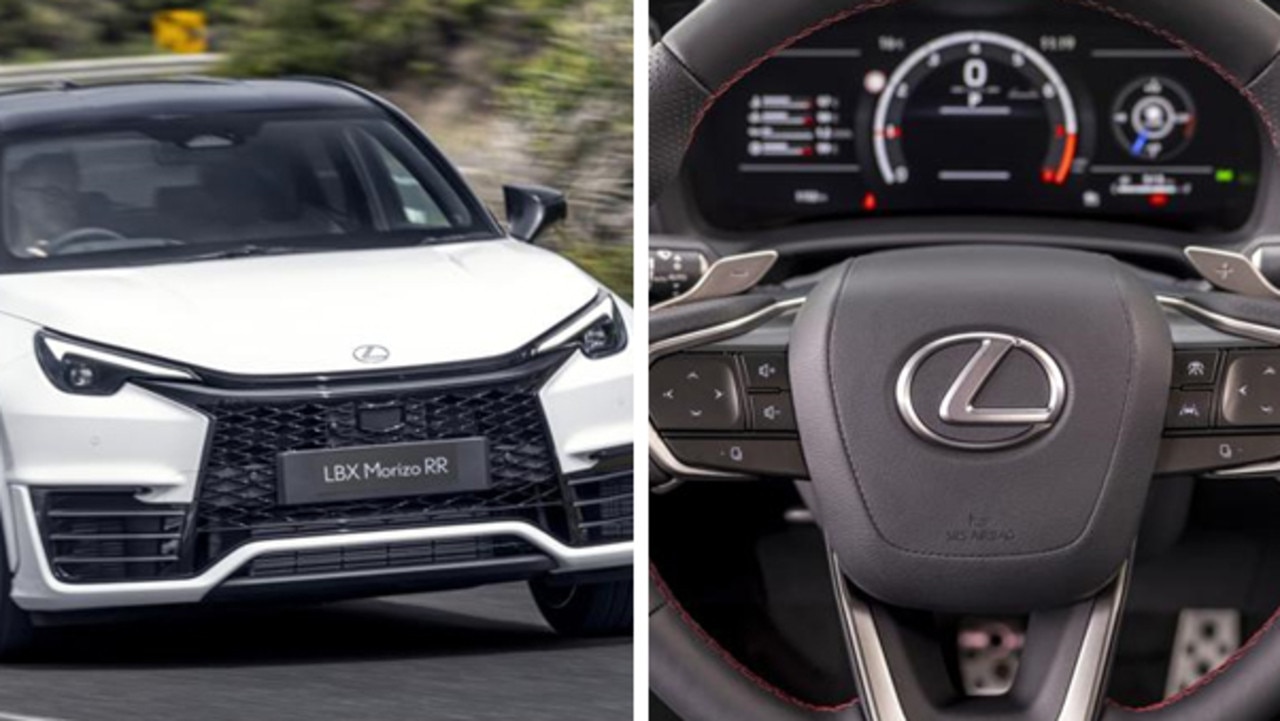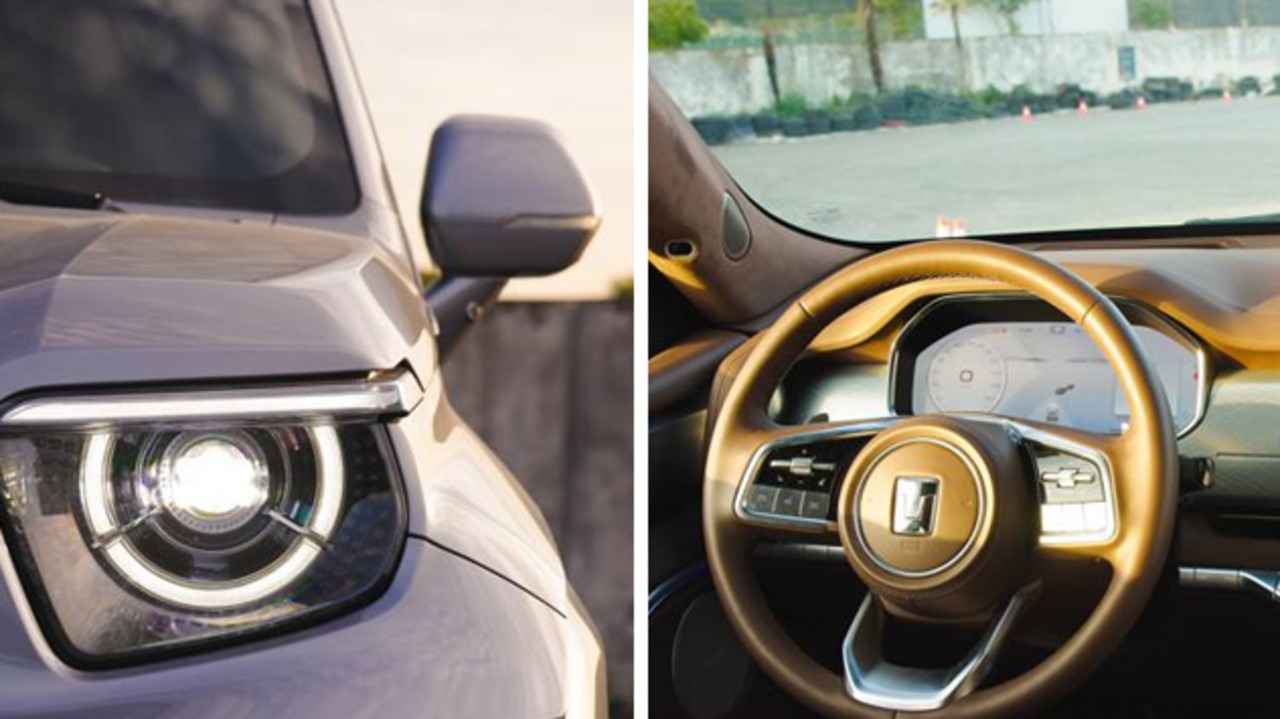Lexus LS500 review: Top shelf machine can feel a bit old school
This top of the line prestige car is one of the safest and luxurious on the market, but several missing features make it feel old school.
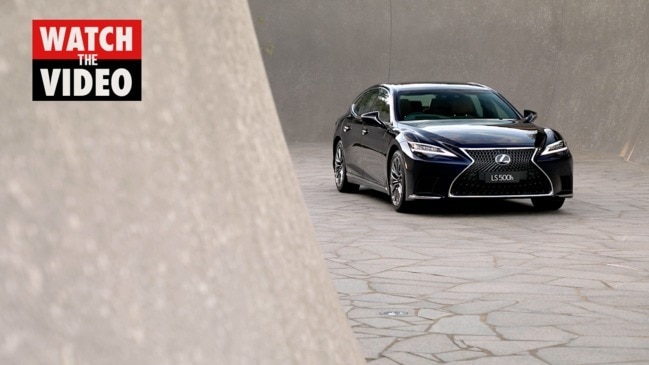
The Lexus LS500 sits atop the luxury Japanese brand’s range, with plenty of pampering functions and eye-opening safety features.
But is it luxe enough to compete with the big German sedans? We find out.
This is the Lexus limo with the works
It would take too long to list all the luxury items on the LS500, but highlights include a huge colour head-up display on the windscreen, a 12.3-inch centre screen, an epic 23-speaker Mark Levinson audio system and satnav with live traffic updates.
There are a couple of notable omissions, though, for a car costing almost $215,000 on the road. You still need a cable to charge your phone and hook up to Apple CarPlay/Android Auto. Much cheaper cars already offer wireless phone charging and smartphone mirroring.
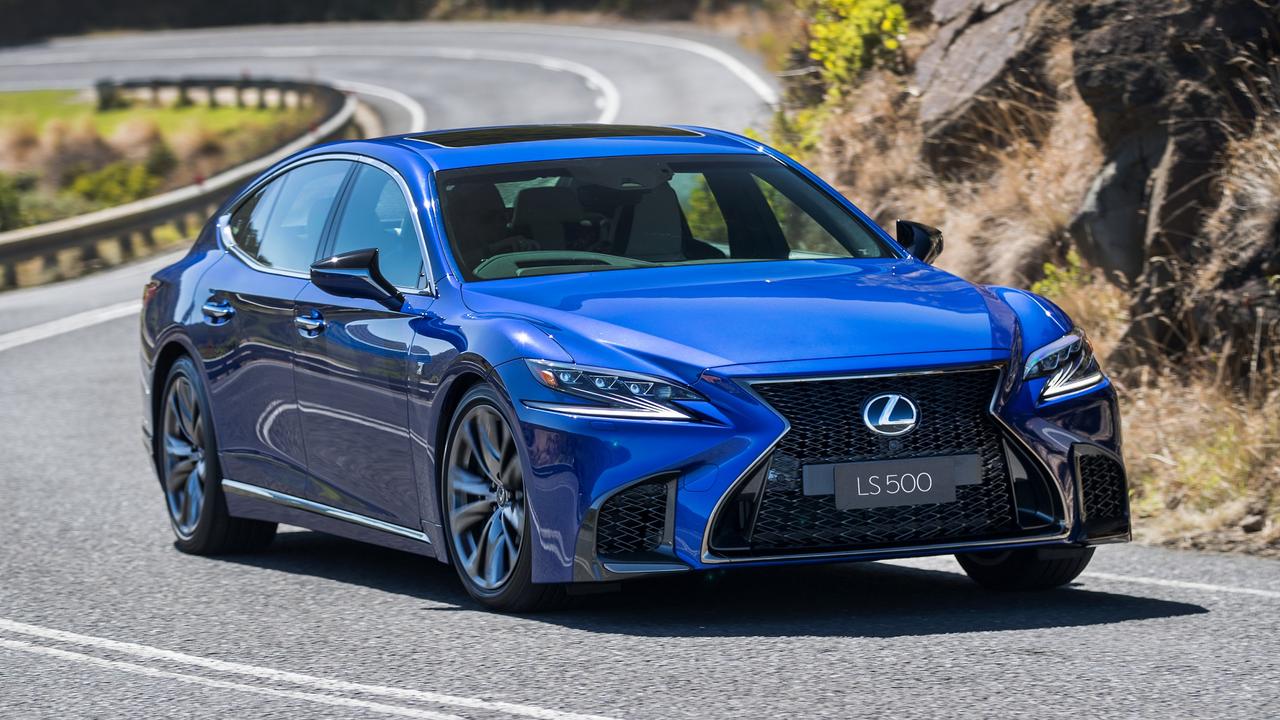
The emphasis is on pampering
You’re unlikely to get hot and bothered behind the wheel of the LS. Lexus’s four-zone “climate concierge” aircon set-up uses infra-red temperature sensors to monitor the cabin and adjust settings accordingly.
The front seats are heated and cooled, while outboard rear seats are heated. Rear passengers receive the business class treatment, with massaging seats, twin DVD screens and individual aircon, all controlled via a fold-down touchscreen.
If you want a nap you can fold the front passenger seat forward, recline your seat and extend the footrest for maximum comfort. Activate the rear window shades and your sleeping quarters are complete.
There’s even a chilled compartment between the rear seats.
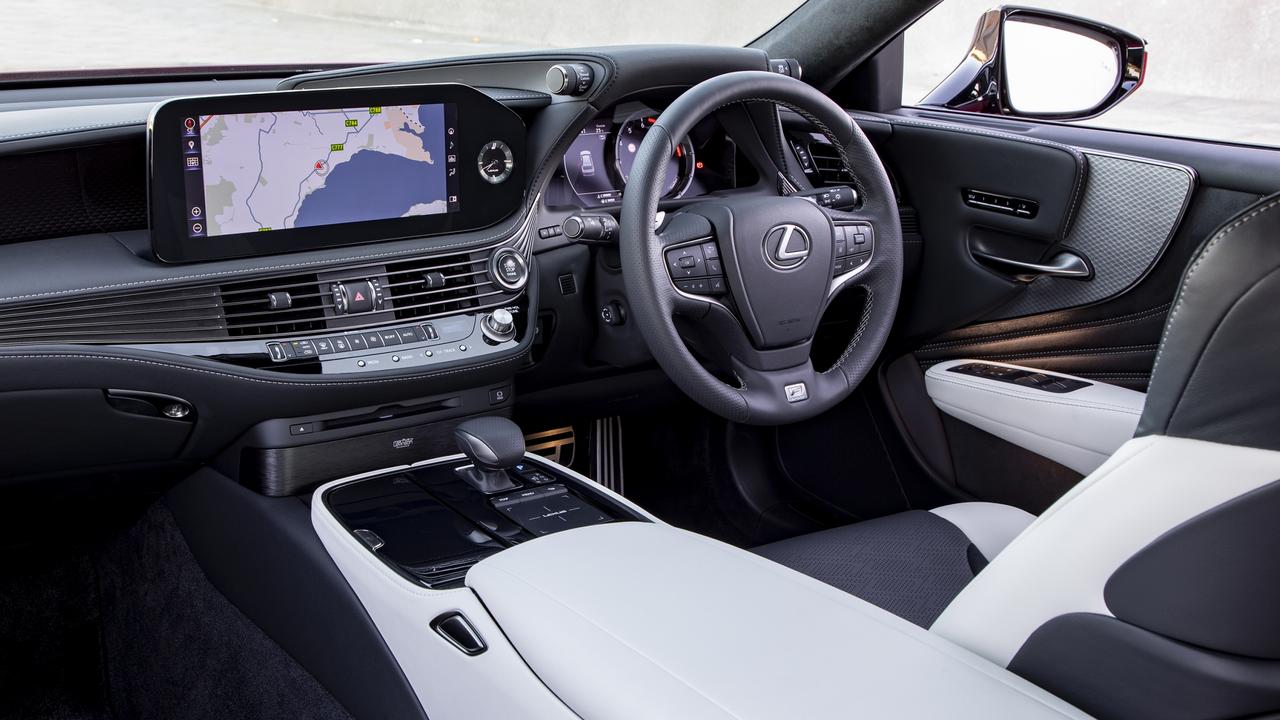
It’s safe as houses
The LS has all the latest semi-automated driver assistance tech. It will keep you in your lane, check your blind spots, warn of passing traffic if you’re edging out of a driveway or parking spot (in drive and reverse), stop you from turning into oncoming traffic and automatically dim the high-beams for other cars.
If a crash happens, there are 12 airbags and the car can gauge the severity of an incident and automatically dial triple-0.
You can also track the car if it’s stolen.
Cameras and sensors make it near impossible to misjudge a parking manoeuvre.
The head-up display gives the prevailing speed limit, although we found it gave incorrect speeds at times.
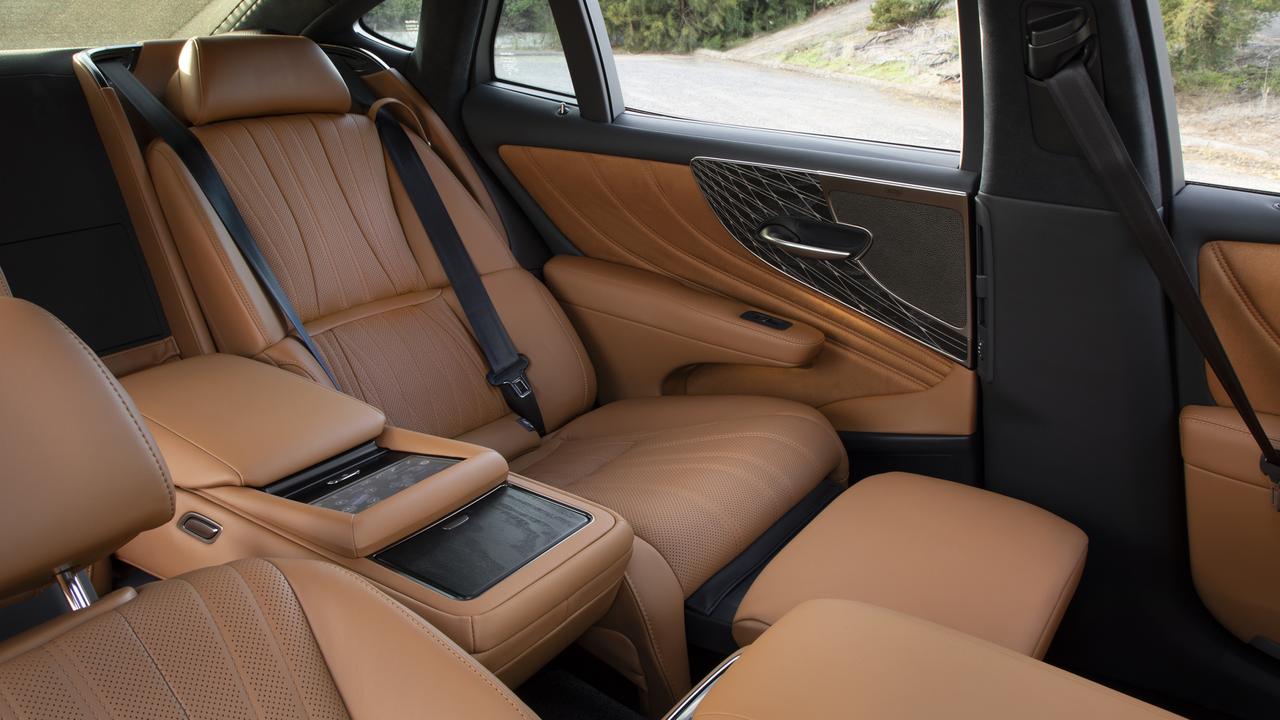
Another gripe was the digital rear-view mirror, which gives a video feed of the road behind. We found it wasn’t clear enough at night and was prone to glare during the day.
Rivals feel more hi-tech
The LS’s cabin lacks the futuristic feel of its German limousine rivals. The touch pad controls for the centre screen are fiddly, while the digital display in front of the driver is small by class standards.
The design feels a little old-world. although all the materials are high-quality and the attention to detail is superb. The distinctly Japanese design incorporates interesting surface finishes that mimic crystal and woodgrain.
The driving feel is old-school
A hybrid model is available but the standard engine is no marvel of modern engineering. It gets the job done, though.
The 3.5-litre twin-turbo V6 puts out 300kW and 600Nm, enough for a claimed five-second sprint from zero to 100km/h.
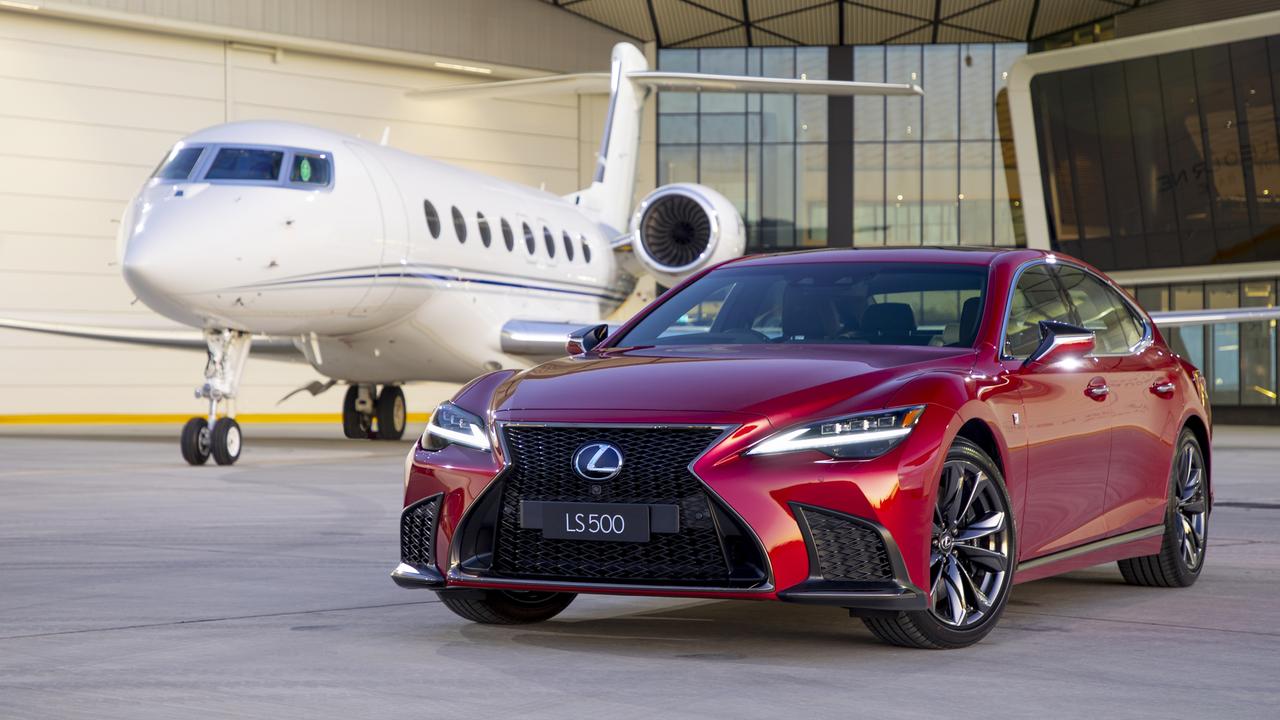
It’s refined and willing, and the 10-speed auto shifts swiftly and smoothly for rapid acceleration out of corners, but it’s thirsty by modern standards at a claimed 10L/100km. We saw numbers drop into the eights on the freeway but expect mid-teens around town.
Adaptive suspension is standard, allowing you to adjust the damping for either comfort or control.
In comfort it glides over rough patches in the road but floats too much over bigger bumps.
Choose sport and it hunkers down for a sharper drive. Its weight and length conspire against it in tight corners but it’s fun to drive on more open roads.


